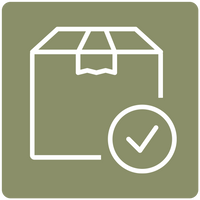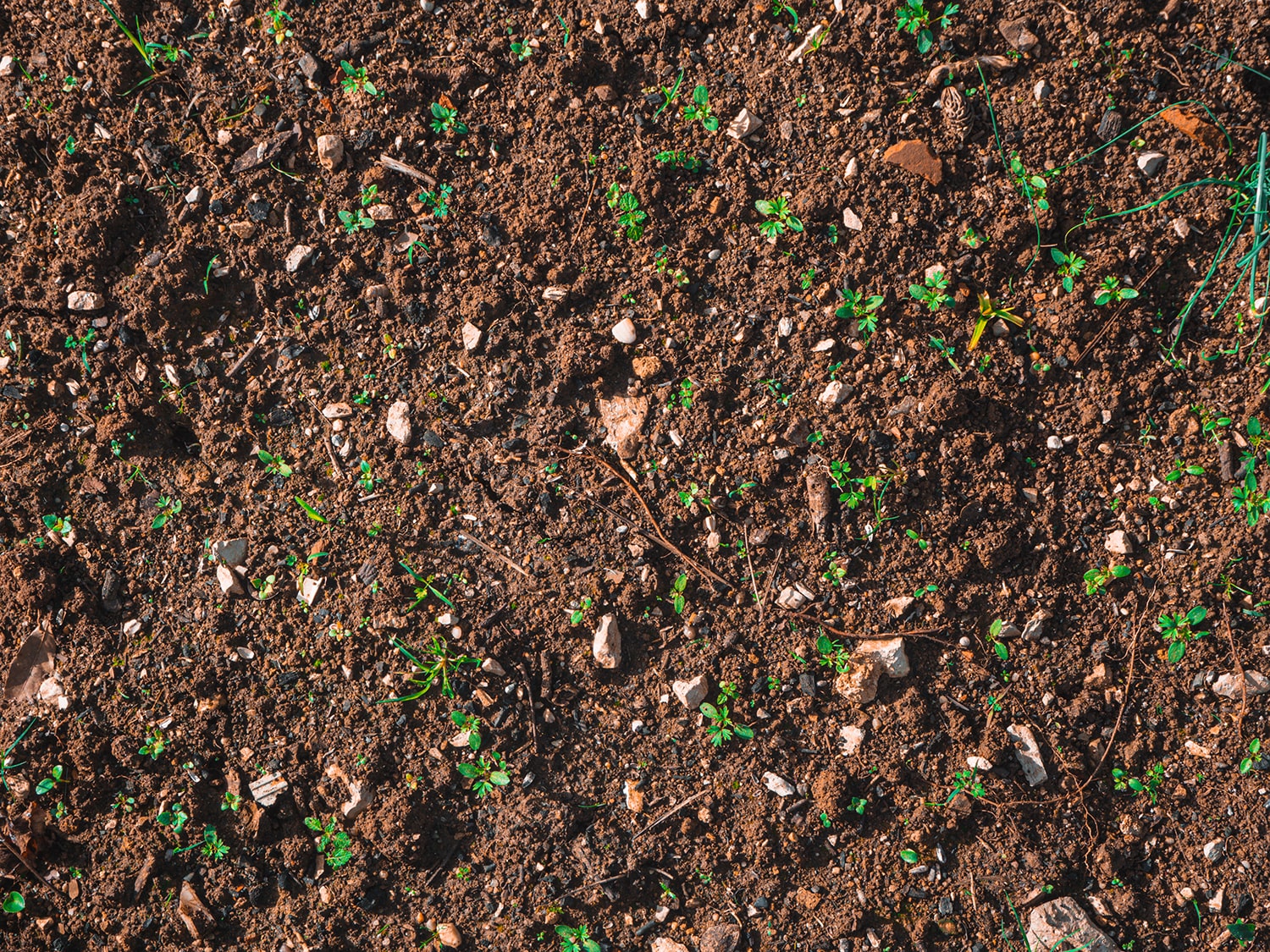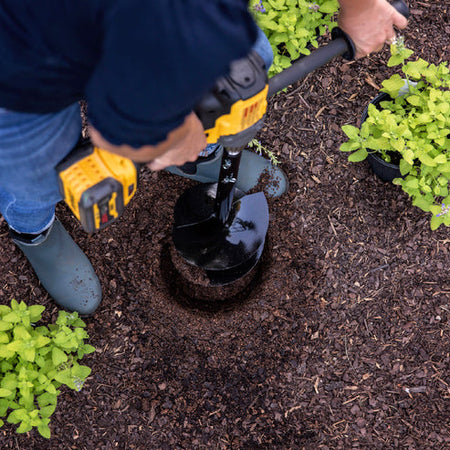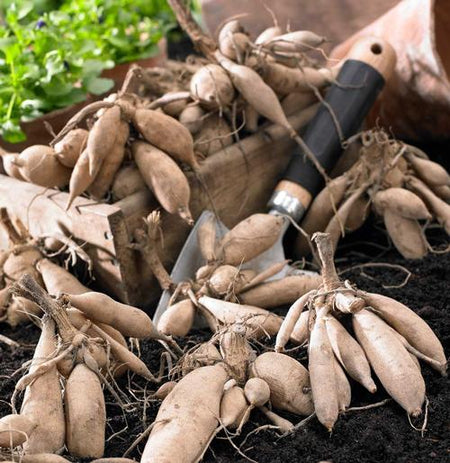Planting a garden represents one of life’s greatest pleasures. While many factors impact a garden’s success, timing is essential. Just as you won’t reap tomatoes in the dead of winter, so you won’t see the fullest produce without accurately choosing when to plant. So, when is the best time to start your garden? How can you time flowers and vegetables well? To answer these questions, here’s a look at what goes into garden timing and what you need to know.
When Should You Start Your Garden?
Two factors that play the biggest role in timing your planting: the garden zone and the type of plant. Because different parts of the country experience different climates, what works in one area in, say, March, may not be possible in another region. For this reason, step one in planning your garden is identifying your gardening zone.
Once you find this out, you’ll learn when the average first and last frost dates are for your region — which gives you a general window for when extreme cold starts and stops in your location. Many plants cannot survive freezing temperatures, so you’ll have to time your planting around the frost dates in your location.
Likewise, the type of crop you are trying to grow influences when you should plant. Find a planting and growing calendar for your region to see what it recommends for specific varieties. In terms of vegetables, cold-tolerant crops such as broccoli and kale can be started earlier in the year than the more heat-loving varieties, such as basil, peppers and tomatoes. Here are some of the cold-hardy vegetables you can focus on at the beginning of your growing season:
- Broccoli
- Lettuce
- Peas
- Radishes
- Spinach
For fruit trees, you can typically plant in mild winter weather. Flowers will vary based on gardening zone and frost dates.
Another thing to keep in mind is that you can extend your growing time a bit by starting seedlings indoors, either under grow lights, in sunny windows or in a greenhouse. Here are some examples of crops that do well when started indoors:
- Eggplant
- Lettuce
- Peppers
- Pumpkin
- Swiss chard
- Tomatoes
- Watermelon
This not only gives you more growing time, but it can also protect fragile newbie plants from damage caused by pests or weather.
Tools Needed to Start a New Garden
After figuring out when is the best time to start planting a garden, the next step is to gather the right components to produce happy, healthy plants. Here are the basics:
- Good soil: If you’ve already prepped the ground in previous seasons with tilling, organic matter or other fertilizers, your soil is probably good to go. If not, however, you can create better fuel for garden success by tilling the ground and adding compost or manure to it.
- Frost covers: Even if you plant well after the last expected frost date for your region, one-off cold spells are always possible. If you find out that one is coming, protect your baby plants by covering them with frost covers, blankets or burlap.
- A garden drill auger: Nothing speeds up proper planting like a garden drill auger. This handy tool makes it possible to dig holes quickly and easily for putting in plants. Use one to save time and labor in your gardening jobs.







